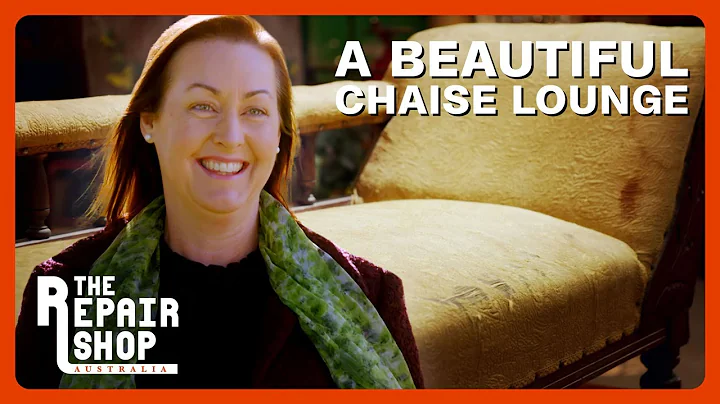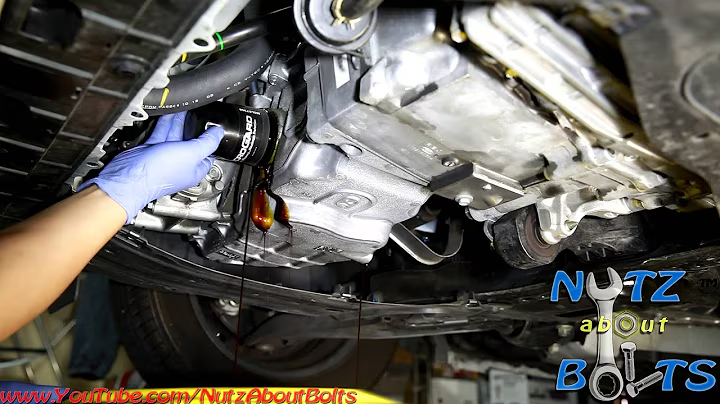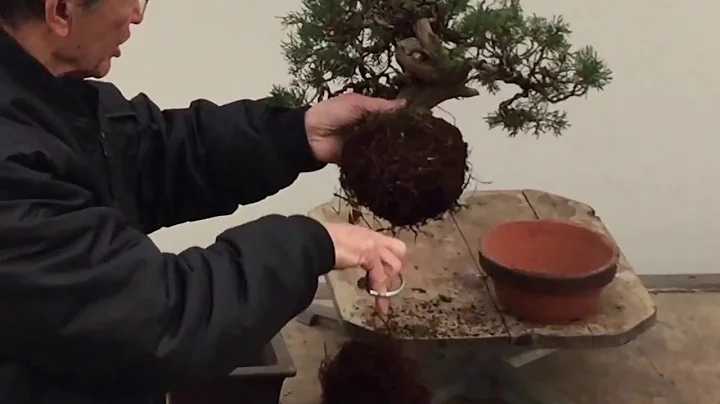Expert Guide: Re-Cloth Your Pool Table Rails Like a Pro!
Table of Contents:
- Introduction
- Tools and Materials Needed
- Removing the Old Cloth
- Preparing the Rail Surface
- Installing the New Cloth
- Folding and Stapling Technique
- Trimming Excess Fabric
- Securing the Feather Strip
- Troubleshooting Loose Areas
- Repairing Broken Feather Strips
- Conclusion
❖ Introduction
Re-clothing your pool table rails can give your table a fresh new look and improve its playing surface. In this guide, we will walk you through the step-by-step process of re-clothing your pool table rails, from removing the old cloth to securing the new one. With the right tools and techniques, you can easily tackle this DIY project and have your pool table looking and playing like new again.
❖ Tools and Materials Needed
Before you begin, gather the necessary tools and materials for the re-clothing process. You will need a staple remover, pliers, a rubber mallet, a staple gun, fabric scissors, fine sandpaper, a flathead screwdriver, a small block of wood, a kebab skewer (optional), five-minute epoxy (optional), and, of course, the new cloth for the rails. Make sure you have everything on hand to ensure a smooth and efficient re-clothing process.
❖ Removing the Old Cloth
To start, flip the rail over and locate the staples holding the cloth in place. Use a staple remover to carefully lift the edges of the staples and then pull them out with pliers. Remove all the staples from the rail, making sure to also remove the staples at the ends. Fold the cloth down and out of the way, taking care not to damage the wood surface. With all the staples removed, you can now proceed to the next step.
❖ Preparing the Rail Surface
Before installing the new cloth, ensure that the rail surface is clean and free of any debris or staples. Use a brush or a cloth to wipe away any dirt or dust that may have accumulated over time. If necessary, use a small block of wood and a rubber mallet to tap the feather strip and clean out any dirt from the groove. A clean and level rail surface is essential for a smooth and secure installation of the new cloth.
❖ Installing the New Cloth
Lay the new cloth with the playing surface facing downwards onto the rail, ensuring it overlaps equally on both ends. Align the cloth with the indented section of the rail, which is designed for stapling. Begin by pulling up the cloth firmly, but not excessively tight, and secure it with a staple in the center. Flip the rail over, fold the cloth back, and tuck it around the feather strip. Press the cloth lightly into the groove, ensuring it is centered and secure.
❖ Folding and Stapling Technique
To create a smooth and ripple-free surface, fold the cloth and use a staple gun to secure it along the edges. Start at one end of the rail and work your way towards the other end, creating small creases in the cloth and stapling them in place. The creases should align with the groove on the front edge of the rail. As you staple, be careful not to pull too hard, as excessive tension can affect the playability of the rubber cushions.
❖ Trimming Excess Fabric
After stapling the cloth along the edges, trim off any excess fabric using fabric scissors or a sharp knife. Be cautious not to cut too close to the staples. Pay special attention to the corners and cut them at an angle that matches the slope of the rail. Ensure that the trimmed fabric fits neatly into the groove, providing a clean and professional finish.
❖ Securing the Feather Strip
Check the depth and levelness of the feather strip along the edge of the rail. Use fine sandpaper or a block of wood wrapped in cloth to smooth out any rough edges or high spots. The feather strip should sit evenly in the groove, providing a consistent and secure hold for the cloth. Make any necessary adjustments and ensure that the feather strip is tightly inserted.
❖ Troubleshooting Loose Areas
If you encounter any loose areas during the cloth pull test, mark the spot and determine the cause of the issue. There are two options to remedy this problem. The first option is to insert additional staples into the loose section to secure the cloth tightly. The second option is to pad out the loose area with a small piece of off-cut material, ensuring it does not protrude when folded over. Carefully reinsert the cloth, making sure it is snug and secure.
❖ Repairing Broken Feather Strips
In the event that a feather strip breaks during the removal process, you can repair it using five-minute epoxy. Apply a small amount of epoxy to the broken area, align the broken pieces, and clamp them together until the epoxy sets. Remove any excess epoxy for a smooth finish. Once repaired, the feather strip can be reinstalled as usual, ensuring a stable and secure hold for the cloth.
❖ Conclusion
By following the steps outlined in this guide, you can successfully re-cloth your pool table rails. Remember to take your time and pay attention to details to ensure a professional and durable result. Re-clothing your pool table rails not only enhances the appearance of your table but also improves its playing surface, creating a more enjoyable gaming experience for years to come.
⭐ Highlights:
- Learn how to re-cloth your pool table rails step by step
- Gather the necessary tools and materials for the project
- Remove the old cloth and prepare the rail surface
- Install the new cloth using a folding and stapling technique
- Trim excess fabric and ensure the secure placement of the feather strip
- Troubleshoot loose areas and repair broken feather strips
FAQ:
Q: How often should I re-cloth my pool table rails?
A: The frequency of re-clothing depends on the usage and condition of the cloth. On average, it is recommended to re-cloth the rails every 2-5 years for optimal performance.
Q: Can I re-cloth my pool table rails myself, or should I hire a professional?
A: Re-clothing the rails can be done as a DIY project if you have the necessary tools and skills. However, if you are unsure or uncomfortable with the process, it is recommended to hire a professional to ensure a quality installation.
Q: What type of cloth should I use for re-clothing my pool table rails?
A: There are different types of cloth available for pool tables, including napped and worsted options. The choice depends on personal preference and playing style. Consult with a knowledgeable supplier to determine the best cloth for your needs.
Q: How can I maintain the longevity of my newly re-clothed pool table rails?
A: To prolong the life of your cloth, avoid placing heavy objects on the rails, clean spills immediately, and brush the cloth regularly to remove dust and debris. Additionally, cover the table when not in use to protect it from sunlight and maintain its condition.
Resources:
- YouTube video: [Link to the video]
- Supplier: [Supplier's website URL]







